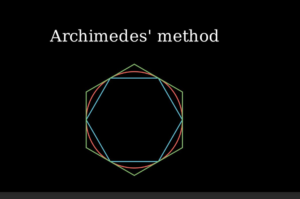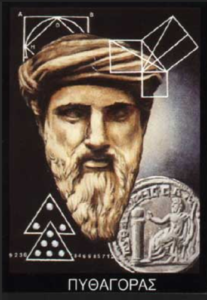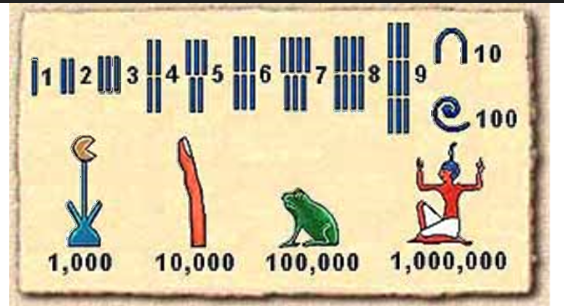Multiplication Unveiled: A Historical Odyssey in Mathematics
Dear readers,
many kids find it hard to see how what they learn in school connects to the real world. Some don’t enjoy math and think it won’t help them in their dream career or future jobs. But the truth is, math is everywhere. Without math, we wouldn’t have things like technology, buildings, businesses, money, and much more!
Stimulating students’ curiosity about math becomes more achievable when they explore the fascinating history of the subject. Uncovering the roots of mathematics can be an engaging way to capture their interest and highlight the relevance of math in various aspects of our lives.
So, lets investigate the origins of multiplication and fascinating evolution of techniques that paved the way for the modern calculations we take for granted today!
Have you ever wondered how ancient civilizations, devoid of calculators and computers, managed complex multiplication problems?
The history of multiplication is extensive and intricate, arousing considerable scholarly debate. Thousands of years ago, the initial idea of multiplication likely arose out of the practical need to combine diverse numbers or values of objects. As technology has advanced, experts now have access to additional insights into the application and widespread use of mathematics.
One of the earliest instances of encountering multiplication, dates back to ancient civilizations such as the Egyptians and Babylonians. Their utilization of multiplication primarily involved a systematic approach of doubling, enabling them to efficiently handle and monitor substantial quantities of livestock. In this era, multiplication found application in calculating measurements like area and volume, particularly in the construction of various products and architectural structures.

The idea of multiplication moved from Egypt to ancient Greece quite fast. Specifically, Greeks became famous for creating the first official way to do multiplication, called the “method of exhaustion.” Additionally, the multiplication table is commonly linked to the ancient Greek mathematician Pythagoras (570 – 495 BC). Consequently, in certain regions, it is known as the Pythagoras table, especially within French, Italian, and Russian communities.

More than 4,000 years ago, in ancient Babylonia, the initial multiplication tables were crafted. These tables were constructed based on the foundation of base 60, although it’s worth noting that base 10, similar to what we employ today, was also in use. Around 305 BC in ancient China, tables resembling our contemporary understanding of multiplication were already in use.
We don’t know when exactly multiplication was first made because there weren’t ways to keep track of that information worldwide. Although, in the 21st century, children around the world learn multiplication as part of their education. Math stands out as one of the subjects that goes beyond race or culture, making it important for kids of all backgrounds.



